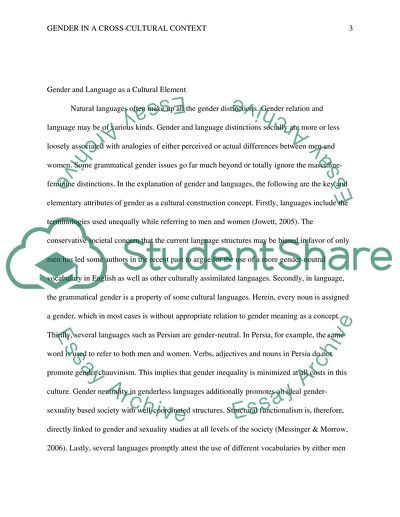Cite this document
(“Gender Essay Example | Topics and Well Written Essays - 2000 words - 1”, n.d.)
Retrieved from https://studentshare.org/gender-sexual-studies/1697162-gender
Retrieved from https://studentshare.org/gender-sexual-studies/1697162-gender
(Gender Essay Example | Topics and Well Written Essays - 2000 Words - 1)
https://studentshare.org/gender-sexual-studies/1697162-gender.
https://studentshare.org/gender-sexual-studies/1697162-gender.
“Gender Essay Example | Topics and Well Written Essays - 2000 Words - 1”, n.d. https://studentshare.org/gender-sexual-studies/1697162-gender.


